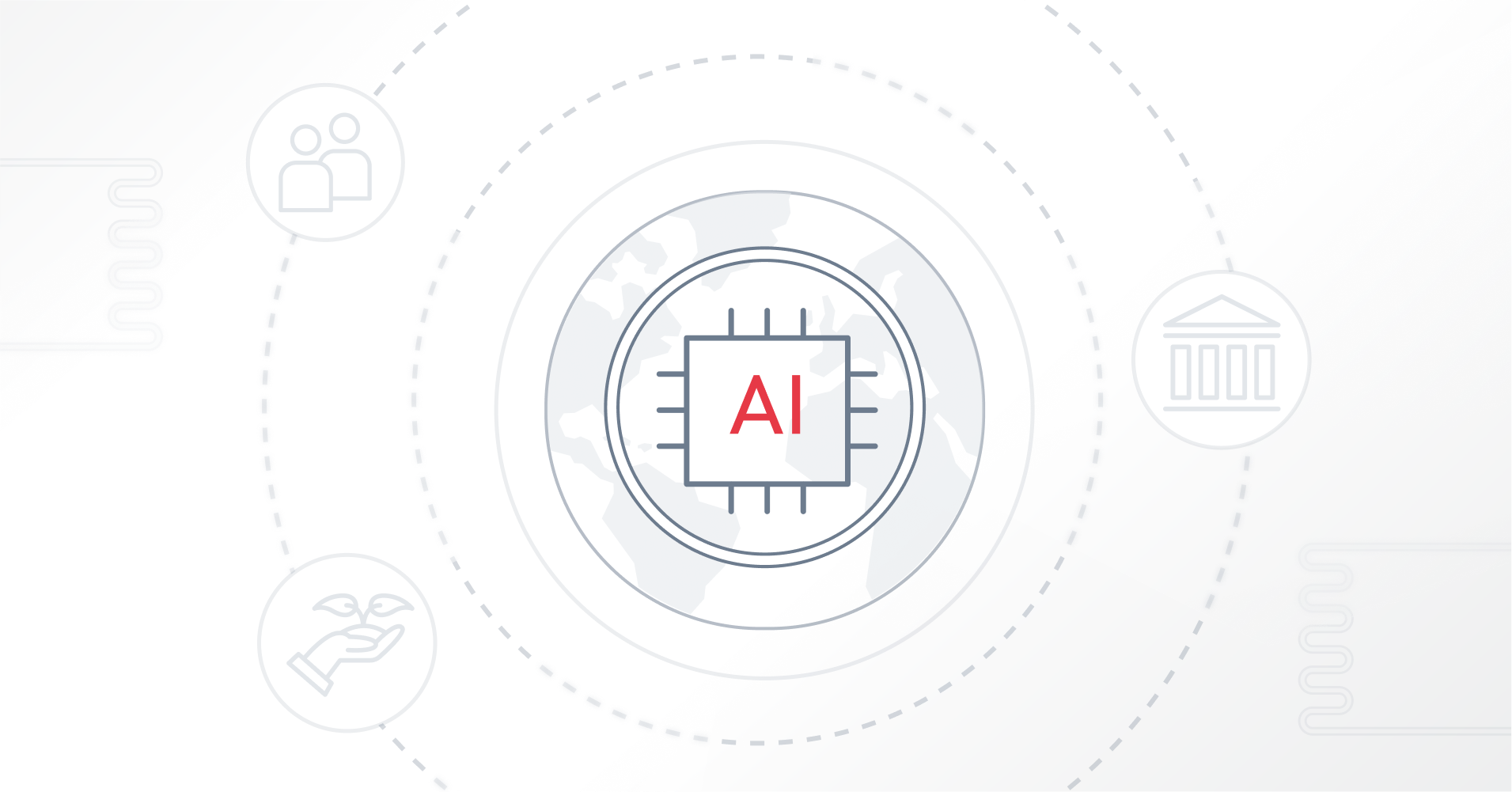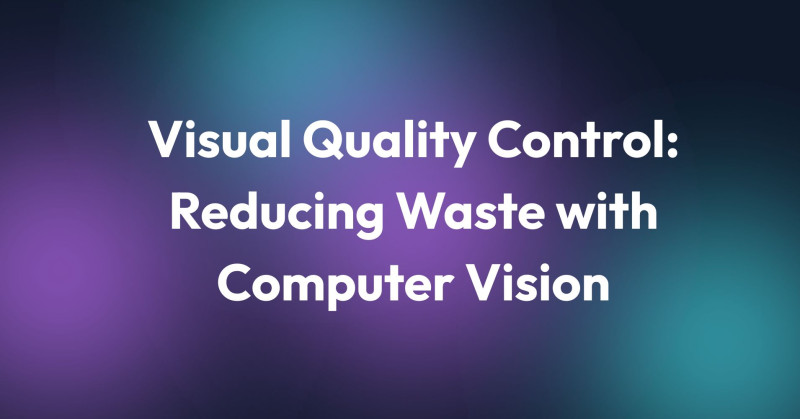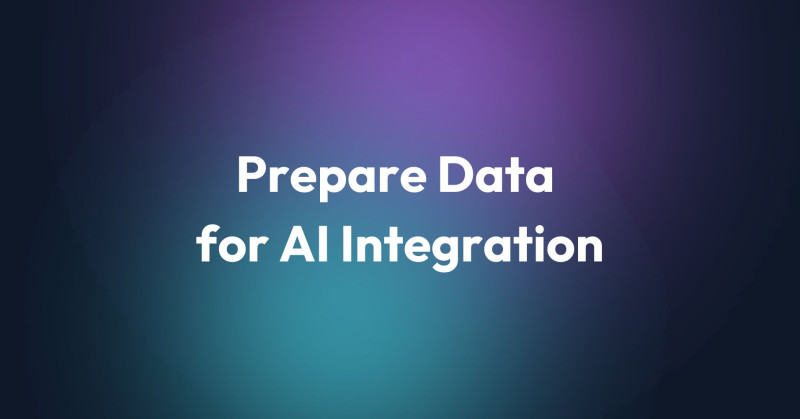As organizations increasingly turn to AI to drive efficiency and innovation, integrating ethical considerations into these advancements becomes paramount. This convergence of AI and ethical principles forms the bedrock of ESG strategies, ensuring that technological progress aligns with broader societal values.

What is ESG?
The term ESG (Environmental, Social, and Governance) emerged in the early 21st century, although its roots trace back to the 1970s and 1980s when concepts related to Corporate Social Responsibility (CSR) began to develop. The term ESG gained formal significance in 2004 through the report "Who Cares Wins" published by the UN Global Compact in collaboration with several financial institutions.
This report emphasized that integrating environmental, social, and governance factors into investment analysis could lead to better outcomes in capital markets. Since then, ESG has become a crucial element in assessing the operations of companies by investors and stakeholders worldwide.
83% of consumers think companies should be actively shaping ESG best practices
source
ESG is a set of criteria used to evaluate a company's operations and its impact on various areas:
Environmental - This criterion examines a company's impact on the environment. It includes factors like carbon emissions, energy efficiency, waste management, resource conservation, and efforts to protect biodiversity. Companies are evaluated on how they manage environmental risks and opportunities.
Social - This aspect focuses on a company's relationships with its employees, customers, suppliers, and the communities in which it operates. Key factors include labor practices, human rights, diversity and inclusion, community engagement, customer satisfaction, and ethical business practices.
Governance - This criterion assesses the quality of a company's management and governance structures. It includes transparency, shareholder rights, ethics, anti-corruption practices, and compliance with laws and regulations.
ESG criteria are important because they provide a comprehensive view of a company's long-term sustainability and ethical impact. Investors, regulators, and other stakeholders use ESG metrics to make informed decisions, aiming to support companies that promote sustainable and responsible business practices. Integrating ESG factors into business strategy helps companies manage risks better and build a positive reputation, which can lead to long-term success.
Laws regulations and ESG
Law regulations around ESG vary significantly across different regions and countries, but there are some common themes and frameworks. Companies are increasingly required to integrate ESG considerations into their business strategies and report on their performance, driven by both legal requirements and market expectations.
NFRD and SFDR
The EU has been at the forefront of ESG regulations. The Non-Financial Reporting Directive (NFRD) requires large companies to disclose information on how they operate and manage social and environmental challenges. The Sustainable Finance Disclosure Regulation (SFDR) mandates financial market participants to disclose how they integrate ESG factors into their investment decisions.
CSRD
The Corporate Sustainability Reporting Directive (CSRD) is a major regulatory initiative by the European Union to enhance and standardize sustainability reporting among companies. It builds upon and expands the existing Non-Financial Reporting Directive (NFRD).
The CSRD significantly broadens the scope of companies required to report on sustainability issues. It applies to all large companies, defined as those meeting at least two of the following criteria: more than 250 employees, more than €40 million in net turnover, or more than €20 million in total assets.
Reports must include detailed information on sustainability risks, impacts, opportunities, and the company's sustainability strategy and targets.
Green Deal
The EU's Green Deal aims to make Europe climate-neutral by 2050 and includes a range of policies and regulations to support this goal, including the EU Taxonomy, which classifies environmentally sustainable economic activities.
SEC
The U.S. Securities and Exchange Commission (SEC) has proposed rules that would require publicly traded companies to disclose climate-related risks and their impact on business operations. While the U.S. does not have as comprehensive ESG reporting requirements as the EU, there is increasing pressure for more transparency and disclosure.
TCFD
The UK has implemented the Task Force on Climate-related Financial Disclosures (TCFD) recommendations, making climate-related financial disclosures mandatory for large companies and financial institutions.
Many countries have enacted laws aimed at reducing greenhouse gas emissions, promoting renewable energy, and improving energy efficiency. These laws often require companies to monitor and report their carbon emissions and environmental impact.
Harnesing AI power in ESG factors
Analyzing Large Datasets
By leveraging AI, organizations can harness vast datasets to enhance their ESG strategies significantly. AI can process and analyze data in real-time, allowing companies to monitor environmental, social, and governance metrics with unprecedented accuracy. For example:
Environmental Monitoring: AI can analyze real-time data from satellite imagery, sensors, and IoT devices to detect environmental changes and predict potential risks. This helps organizations proactively manage their environmental impact and implement sustainable practices.
Social Metrics: AI can evaluate large volumes of social data, such as employee feedback and community engagement metrics, to identify areas for improvement. By pinpointing specific issues, organizations can develop targeted social responsibility initiatives that drive positive outcomes.
Governance Practices: AI can scan extensive governance data to detect patterns of non-compliance and unethical behavior. By identifying anomalies and potential risks early, organizations can take corrective actions to ensure robust governance standards are maintained.
The process of ESG investing is a tough one. It's a challenge with a ton of data, making it difficult to process and analyse. Thankfully, AI can help fix that. Integrating AI into the process allows for multiple sources of data to be pieced together, forming actionable insights. As sustainable investing progresses forward, the role of AI in fixing its data problems will become crucial.
Source: The Role of AI in ESG Integration

ESG Reporting and Transparency
Accurate and transparent reporting is essential for effective ESG strategies. AI can significantly improve the quality and efficiency by:
Automating Data Collection and Analysis: AI can streamline the process of gathering and analyzing ESG data, reducing the time and effort required for manual reporting. This leads to more accurate and timely reports.
Enhancing Report Accuracy: AI algorithms can cross-reference multiple data sources to verify information, ensuring that ESG reports are accurate and reliable. This builds trust with stakeholders and regulatory bodies.
Improving Disclosure Practices: AI can help organizations identify gaps in their reporting and suggest improvements, leading to more comprehensive and transparent ESG disclosures. This fosters greater accountability and confidence among investors and the public.
Predictions
AI's predictive capabilities are a powerful tool for enhancing ESG strategies. By leveraging advanced algorithms and machine learning, organizations can:
Forecast Environmental Impact: AI can predict future environmental changes based on current data, helping organizations anticipate and mitigate potential negative impacts. This proactive approach supports long-term sustainability.
Anticipate Social Trends: AI can analyze social data to forecast trends and identify emerging issues related to labor practices, community relations, and consumer behavior. This allows organizations to address social challenges before they escalate.
Enhance Risk Management: AI can predict potential governance risks by analyzing historical data and identifying patterns that may indicate future issues. This enables organizations to implement preventive measures and maintain robust governance standards.
Real-life Example of AI in Action: Environmental Intelligence Suite
Environmental Intelligence Suite is a SaaS platform developed by IBM to monitor, predict, and respond to weather and climate impacts. This platform is designed to help companies manage vulnerabilities related to climate-related asset damage, supply chain disruptions, and operational challenges. By providing insights into extreme weather events and facilitating predictive planning, the suite aids businesses in making environmentally responsible decisions.
The platform combines accurate weather, geospatial, and greenhouse gas (GHG) emissions data with industry-specific information to create custom climate adaptation solutions. The suite offers the world's most accurate weather data and helps stakeholders manage and prepare for disruptions efficiently with real-time weather insights and alerts.
AI enables the detection and mitigation of climate change impacts using high-resolution satellite imagery. The suite also employs AI-driven insights to inform decisions about vegetation management and high-risk encroachment zones, integrating satellite data and predictive analytics.
Environmental Intelligence Suite supports Environmental, Social, and Governance (ESG) compliance by providing tools to safeguard business assets from climate risks. It aids in making better regulatory and sustainability decisions through comprehensive analytics, alerts, and visualizations. By helping businesses plan around high-risk weather conditions and integrate environmental data into their workflows, the suite promotes sustainable practices and enhances both employee and customer safety.
Case Study: Google’s DeepMind AI for Data Centre Cooling
Google has integrated DeepMind’s artificial intelligence into its data centers to manage and optimize cooling systems. This collaboration aims to address the complex and energy-intensive process of cooling data centers, which is essential for maintaining server performance and efficiency.
Implementing DeepMind AI has resulted in a 40% reduction in energy used for cooling Google's data centers, translating to a 15% improvement in Power Usage Effectiveness (PUE). This significant reduction not only lowers operational costs but also decreases the environmental footprint of Google's data centers. The improved energy efficiency supports Google’s commitment to sustainability, helping the company achieve its goal of being powered by 100% renewable energy.
Google's data centres contain thousands of servers that power popular services including Google Search, Gmail and YouTube. Ensuring that they run reliably and efficiently is mission-critical. We've designed our AI agents and the underlying control infrastructure from the ground up with safety and reliability in mind, and use eight different mechanisms to ensure the system will behave as intended at all times.
Source: Google Deep Mind
DeepMind’s AI uses a system of neural networks trained on various operating scenarios and parameters from Google’s data centers. These neural networks analyze data such as temperatures, power usage, and equipment speeds to predict future conditions and recommend optimal actions for energy use. The AI system adapts in real-time to changes, providing a dynamic and efficient solution for managing the cooling processes, which traditional methods could not achieve as effectively.
Google's use of DeepMind AI aligns with its ESG goals by significantly improving energy efficiency and reducing carbon emissions. By optimizing cooling processes and lowering energy consumption, Google not only reduces its own environmental impact but also sets a precedent for other companies to follow.
How AI Can Support ESG Strategies?
Integrating AI into ESG frameworks offers transformative potential for businesses. It enhances data management, predictive analytics, and reporting transparency, supporting sustainable and responsible business practices. Regulations like SFDR and CSRD are driving this integration, ensuring that companies remain accountable and proactive in their ESG initiatives.





















